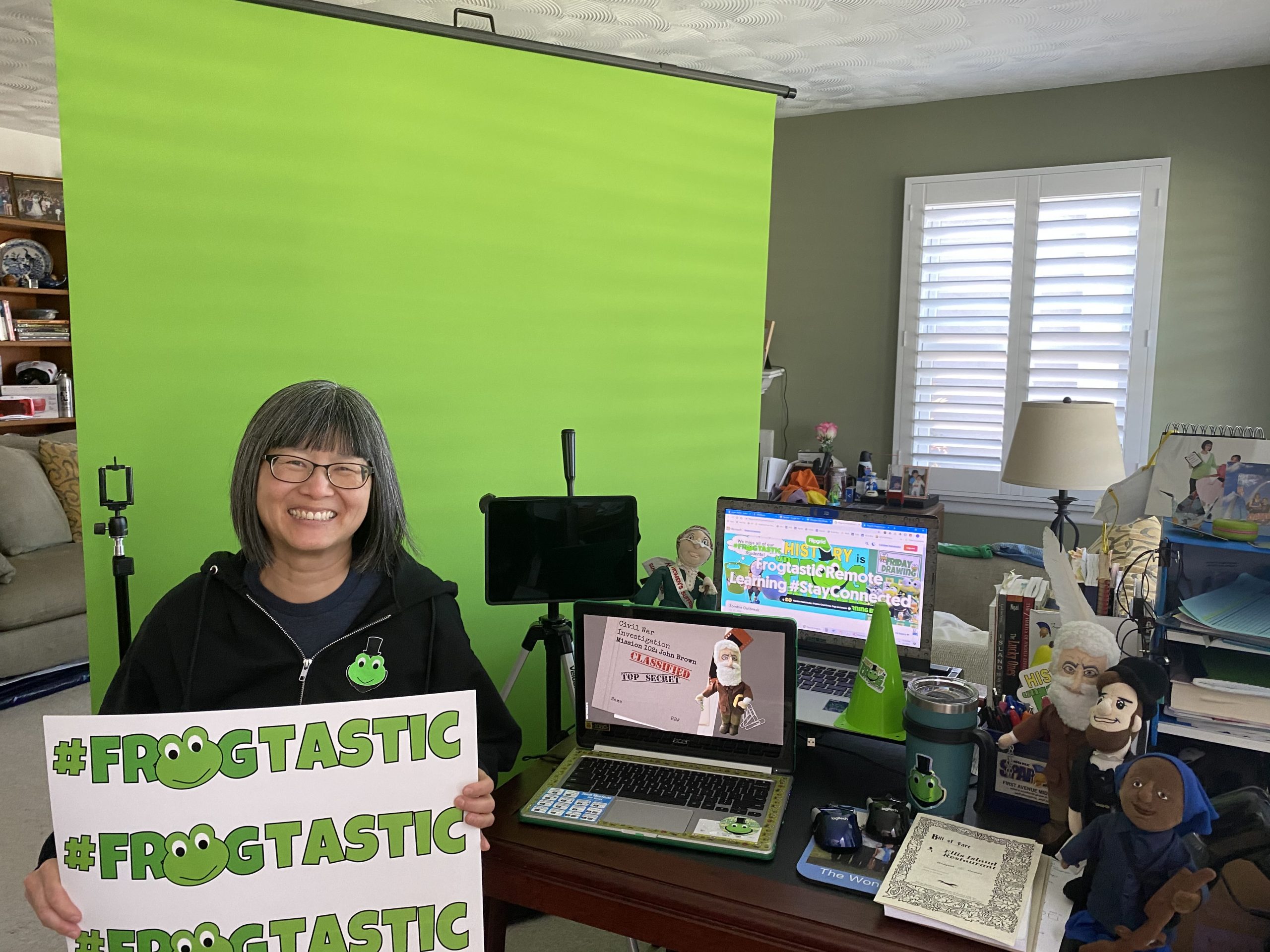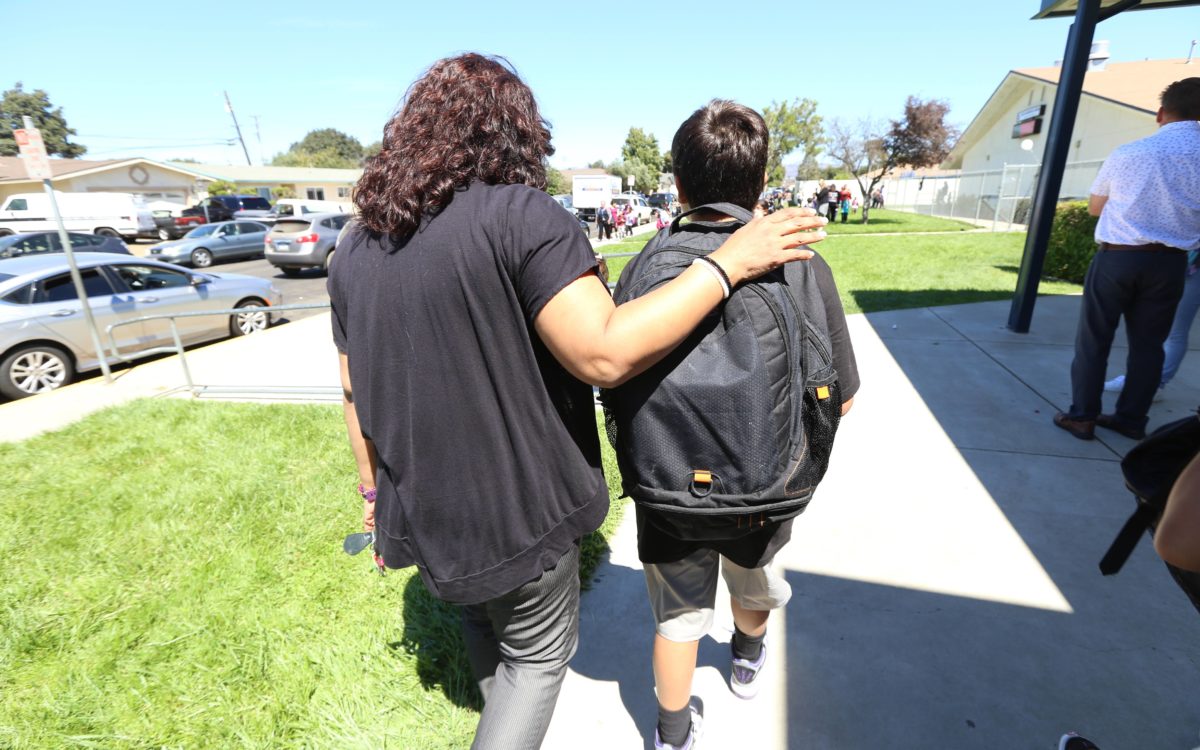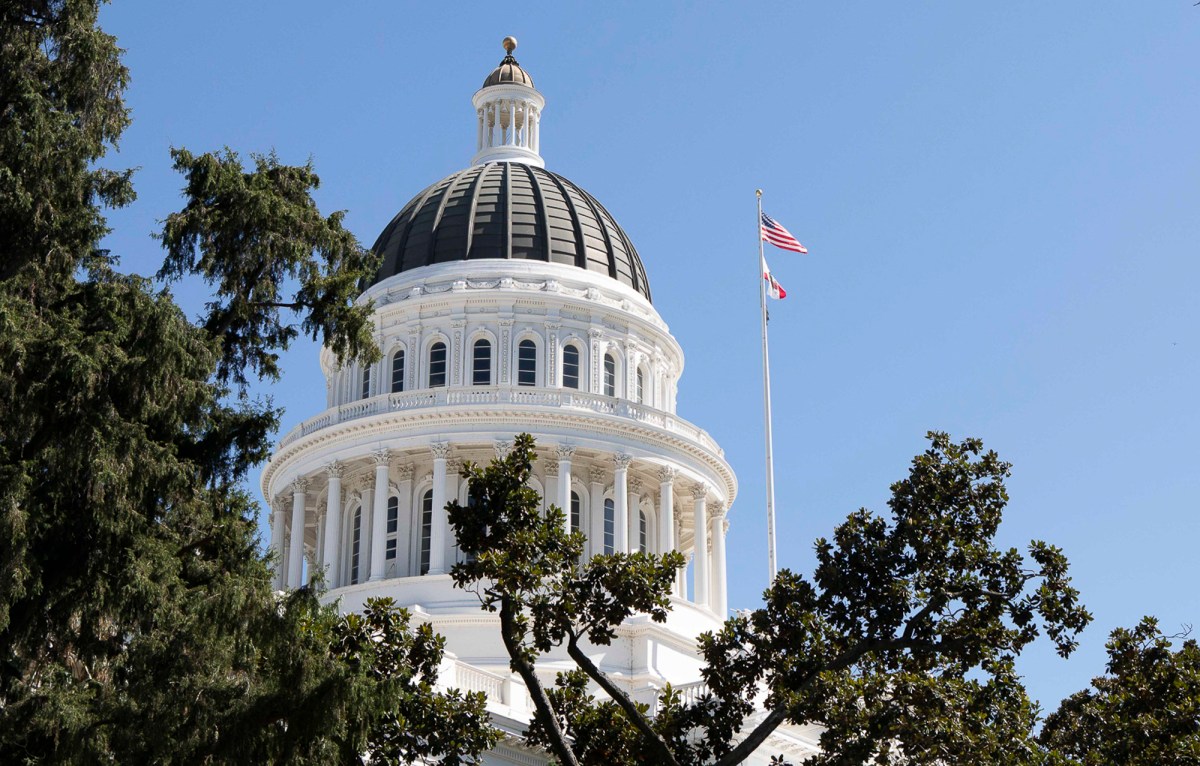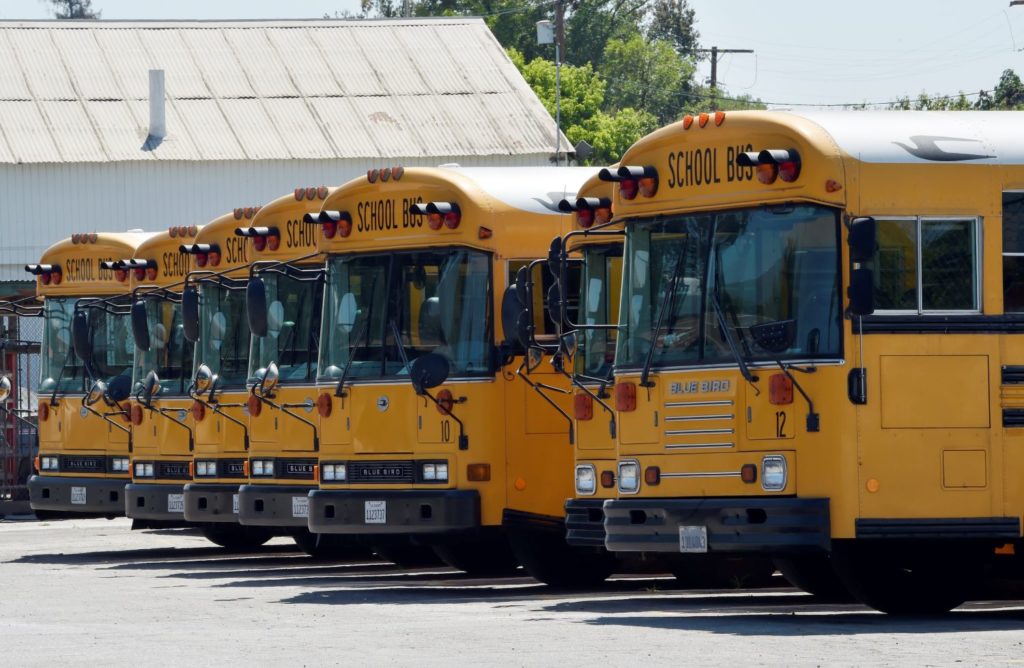
By Arcadia Unified Digital Communications Intern Anvitha Marlapati
“I appreciate the opportunity to connect with them, to teach them, and to support them during this challenging time,” said Karalee Nakatsuka, an eighth-grade history teacher at Arcadia Unified’s First Avenue Middle School, referring to the 165 students she is currently teaching. Not only is Nakatsuka managing the impacts of the pandemic on her own family, but she also remains as committed as ever to giving her students the quality instruction that this 2019 Gilder Lehrman Insitute’s California History Teacher of the Year has become known for.
Not only devastating the world by taking many lives, the coronavirus has put everyone on lockdown, forcing many businesses, shops, services, events, and countless more activities to shut down to help curtail the spread of COVID-19 and save lives. Schools have also been physically shut throughout the United States and other parts of the world with a pivot towards distance learning. As a result, teachers have had to burn the candle at both ends and work quickly to move instructional materials, lessons, and the like online in order to continue to provide support and an engaging education for their students. Though the Arcadia Unified School District has been physically closed since March 13, 2020, Arcadia Unified teachers have kept their classes and learning going virtually.
“We classroom teachers had to transition quite quickly to remote learning,” said Nakatsuka. “We left school on Friday, March 13. It was the end of the quarter and a half-day. We didn’t find out that we were not returning to school (for an unknown period) until the end of the half-day, so I was only able to say good-bye to two classes.”
Natakstuka expressed a sentiment shared by many educators during this time, admitting that remote teaching is challenging. “My first concern was how to communicate with my students at the beginning of this time. Every Monday, on Google Classroom, I post a video which talks about COVID-19 and Arcadia Unified updates, First Avenue happenings, reviews and previews of the week, student happenings, what I’m up to, and any encouraging words I can share with the students. I also post the assignment(s) for the week.”
Although there are some perks to virtual learning, Nakatsuka noted her concern for students’ lacking participation in those first days following the initial school closures. She mentioned how the lack of student motivation was very challenging. “We, teachers, have emailed, we have offered multiple video conferences and we have strategized with each other, but it is hard to seek participation from our students.”
As of now, it has been six months since schools were physically shutdown, and due the state’s tiered system guiding a county’s ability to reopen various services, there has been no sign of returning to campus anytime soon for L.A. County schools. Many teachers spent their summer learning new technology and investigating different online methods for delivering instruction. “There have been many changes made since March and now,” said Nakatsuka. She appreciates how the district gave her and all of the other teachers the option to work in their classroom or work remotely from home.
When the stay-at-home order was delivered in March, it was initially optional for students to attend class in this new all-virtual environment. With the uncertainty of how long the “Safer at Home” policies would be in effect, attendance and assignments were also fairly optional. In March, grading was also unique. Grades could remain the same as they were before the physical closure and could only improve, which, arguably, is what made learning feel optional for students. “Now, attendance and grades are mandatory, and we are expecting students to complete the regular curriculum,” said Neda Kuso, an Advanced Placement (AP) environmental science and honors chemistry teacher at Arcadia High School. Kuso has served the students at Arcadia High School for 15 years and has also taught regular chemistry and AP chemistry.
Kuso stressed the importance of every student receiving the proper educational support they need. “Giving immediate feedback is challenging online,” Kuso shared. “In physical school, I can walk around the classroom and give students individual attention during class. It is difficult to do that online without feeling like I am singling out a student. Working in groups is also a large part of how my classes are run in physical school and it is difficult to get the same level of participation when it is only online due to various reasons — slow computer, internet issues, microphone not working, power outages, earthquakes, fires [… etc.].”
Kuso also explained the importance of students finding an organizational system that works for them in this new online world of learning. She also mentioned that there are multiple platforms used for all classes. In her class alone, Kuso has been communicating with her students through Zoom for class, Google Meet for office hours, email for general questions, Google Classroom for assignments, and Remind for various announcements.
While COVID-19 has undoubtedly impacted what school and learning look like for students and teachers alike, the takeaways from these Arcadia Unified educators and their experience thus far are to keep trying and find new ways to stay connected, organized, and optimistic. For more information about the Arcadia Unified School District and for its school closure updates, visit www.ausd.net.







